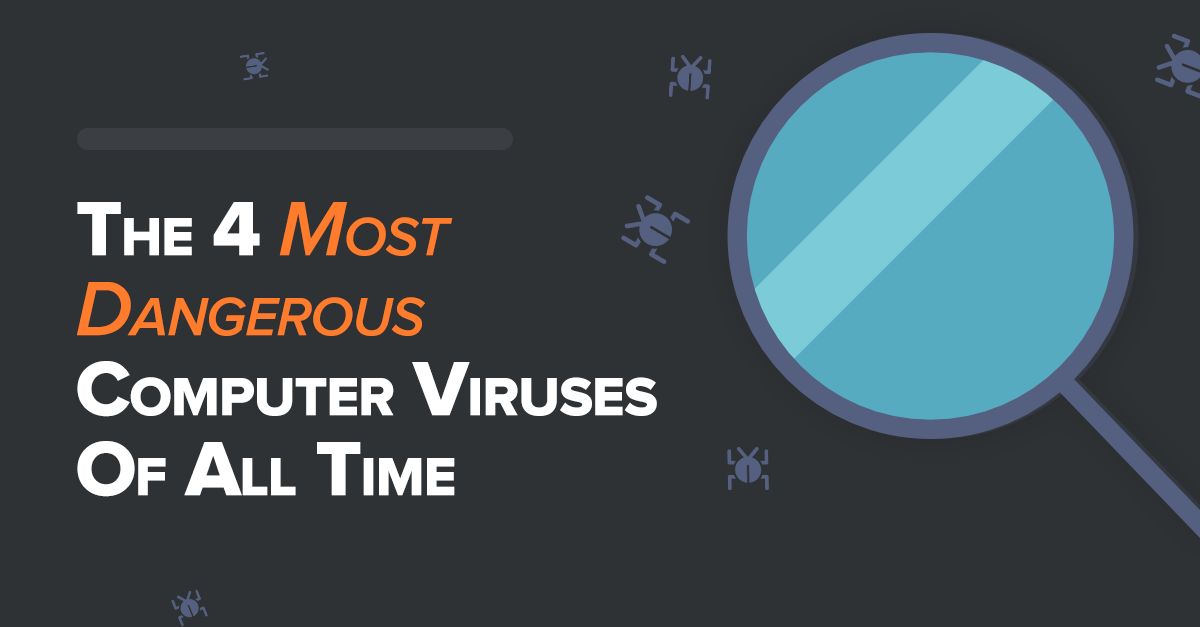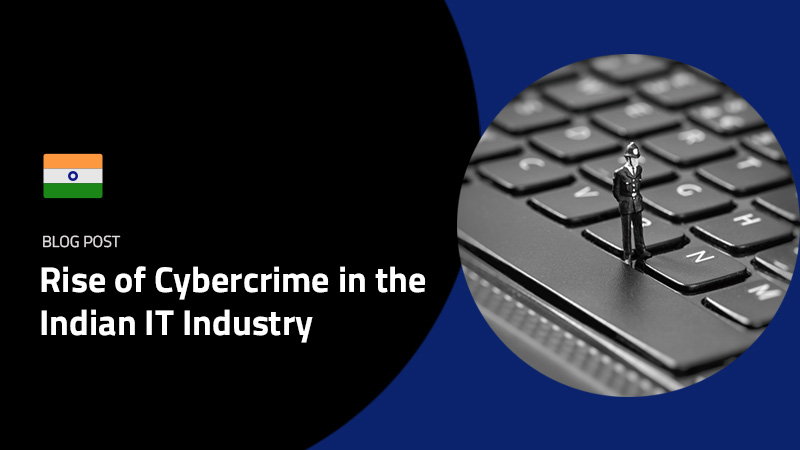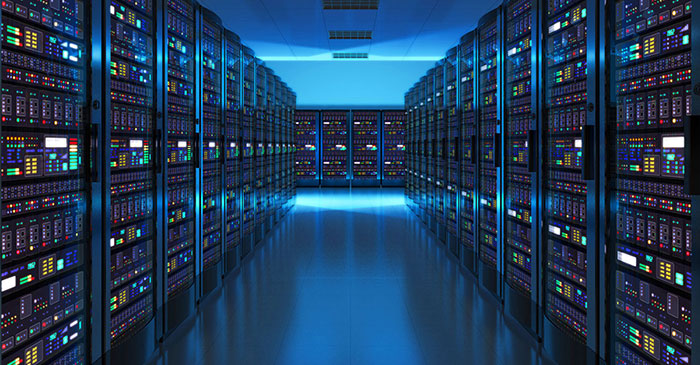A profile of 4 of the most dangerous computer viruses in history.
Since the first computer virus was spread on infected floppy disks, viruses have caused millions of dollars worth of damage over the years.
Increasingly sophisticated viruses are an ever greater threat today.
Here’s a look at 4 of the most infamous computer viruses in history:
1. I Love You (2000)
Damage: $15,000,000,000
Affected computers: 500,000
A seemingly innocent email with an attachment called ‘I Love You’ which, when opened, released a malware program that overwrote image files in a bid to steal internet access passwords. The virus then emailed itself to the first 50 Windows address book contacts.
2. Code Red (2001)
Damage: $2,600,000,000
Affected computers: 1,000,000
Code Red was a worm that preyed on a vulnerability in Window NT and 2000 which allowed it to damage or take down some websites, including whitehouse.gov. The worm spread by scanning 100 IP addresses at random to find computers using those operating systems.
3. Slammer (2003)
Damage: $1,200,000,000
Affected computers: 200,000
Slammer was an internet worm that performed a denial of service (DoS) attack on some hosts and considerably slowed down the speed of general internet traffic. By releasing a flood of network packets it slowed down the internet on numerous servers. Selecting IP addresses at random, its victims included the Bank of America, Continental Airlines and even a nuclear plant.
4. Sobig.F (2003)
Damage: $37,100,000,000
Affected computers: 2,000,000
Sobig.F was a Trojan email that hid a worm. Once opened, the worm hunted for addresses and sent a deluge of messages that took down inboxes and entire computer systems. It grounded Air Canada and slowed computers at numerous large companies.
Conclusion
As can be seen, the world’s worst viruses either exploit existing weaknesses or slip through defences, and While anti-virus software is the best first line of defence, it generally isn’t much help once a virus has taken over.
Employee monitoring software is an excellent second line of defence. Installed remotely, it will monitor access to dangerous websites and unusual app activity, such as a mass emailing or file copying and can be set to alert managers to potential breaches.
Think we left out any viruses that you think should be on our list? Let us know which ones through the comments section below!






